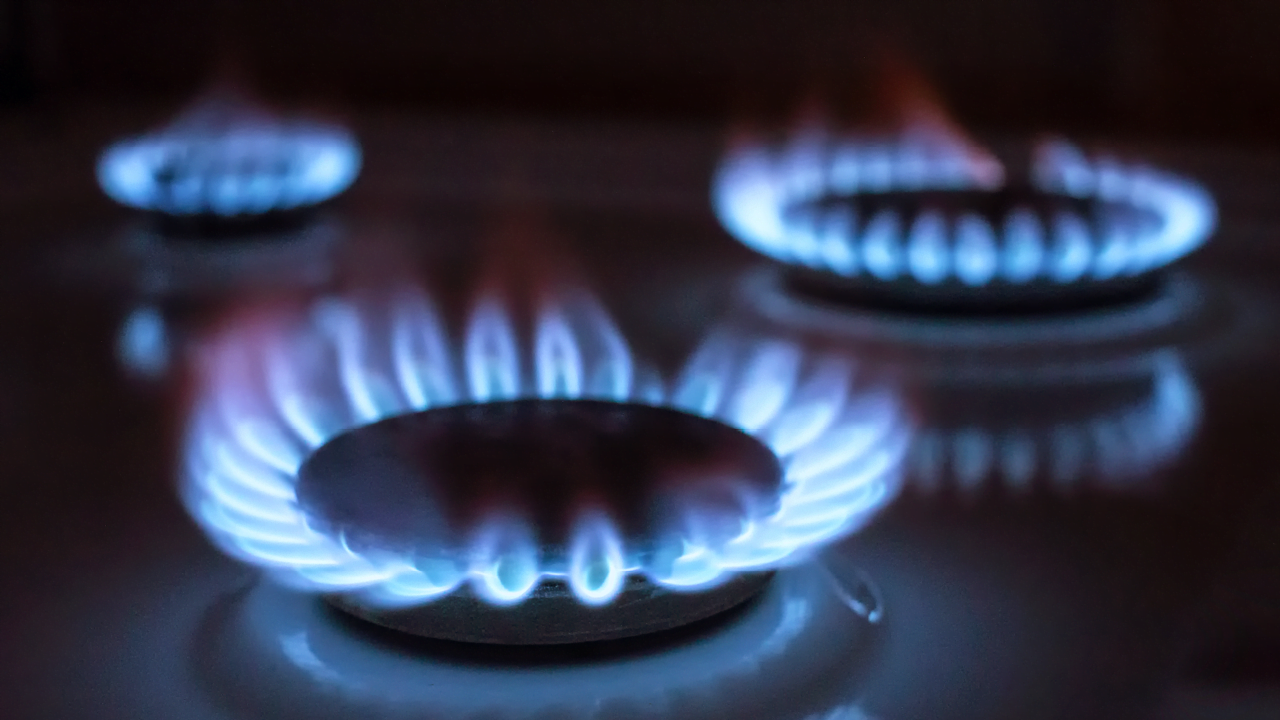The eagerly anticipated Heat and Buildings Strategy 2021 has now, finally, been published (on 19 October 2021).
The strategy, presented by the Secretary for Business, Energy and Industrial Strategy (“BEIS”) sets out how the UK will decarbonise homes, as well as commercial, industrial and public sector buildings, as part of the journey to the UK achieving “Net Zero” carbon emissions by 2050.
The Government intends to help finance the costs of improving the performance of the UK’s buildings as well as installing low-carbon heating (and cooling) systems through its Green Finance initiative. It is to be expected that such improvements will be as expensive as they are necessary (and drastic) – with the Government pledging over £9 billion of taxpayer funding over the next decade on public sector, social housing and fuel poverty schemes. Indeed, a package of c.£3.9 billion of new funding has been announced to tackle the decarbonisation of heat and buildings as part of the Net Zero strategy.
Is this enough? Experts indicate that the true cost of achieving Net Zero in the UK by 2050 will be trillions! For example, the National Grid calculated, using various baskets of measures, such as wind and solar energy, efficiency gains, reduced travel across the UK population etc., estimates that the true cost will be close to £3 trillion. Notably, this only includes decarbonising energy and excludes agriculture, rail, aviation, shipping, industrial processes and many other things. Notably, the Treasury has yet to prepare an official report on the true financial impact of this now legally binding obligation.
Of the £9bn (or £3.9bn) a number of specific funds have been set up to support those citizens and organisations least able to pay for these necessary improvements. These funds include:
- Boiler Upgrade Scheme (worth £450m)
- Local Authority Delivery Scheme (£200m)
- Social Housing Decarbonisation Fund (£160m initially with a further £800m up to 2024/25)
- Home Upgrade Grant (£150m initially with a further £950m up to 2024/25)
- Green Heat Network Fund (£338m up to 2024/25)
- Public Sector Decarbonisation Fund (worth £1.425bn up to 2024/25)
With 21% of the UK’s annual national carbon emissions caused by heat from buildings, the Strategy is rightly targeting homes and other buildings to reduce and ultimately abate the emissions to allow any chance of achieving the 2050 target. However, whilst a laudable and encouraging approach, it is clear that the current level of funding barely scratches the surface of a very large iceberg.
To put some of the funding initiatives into context, the £450m Boiler Upgrade Scheme allows grants of £5,000 will help just 30,000 homes a year for the 3 years the fund is expected to be available for (i.e. £150m a year). The reality is, if we are to get close to our targets and see progress by 2028, 600,000 carbon neutral heating systems (air and ground source heat pumps) need to be installed per year, according to the Government’s 10 Point Plan for a Green Industrial Revolution. There are 29 million properties across the UK and it seems wholly unrealistic that the required installation targets will be met on the basis of the currently proposed funding.
The mood amongst the experts and key figures of the green community does not appear to be positive following the Strategy being published. Critics claim that the objectives in the strategy and funding streams are not robust enough.
These and other issues will be discussed by leaders in the sector at the Green Retrofitting and Property Decarbonisation Conference.
For any queries arising in relation to the Heat and Buildings Strategy 2021 or your obligations in achieving decarbonisation objectives, including advice or assistance on Government funding, contact Hannah Langford or James Grinstead.
